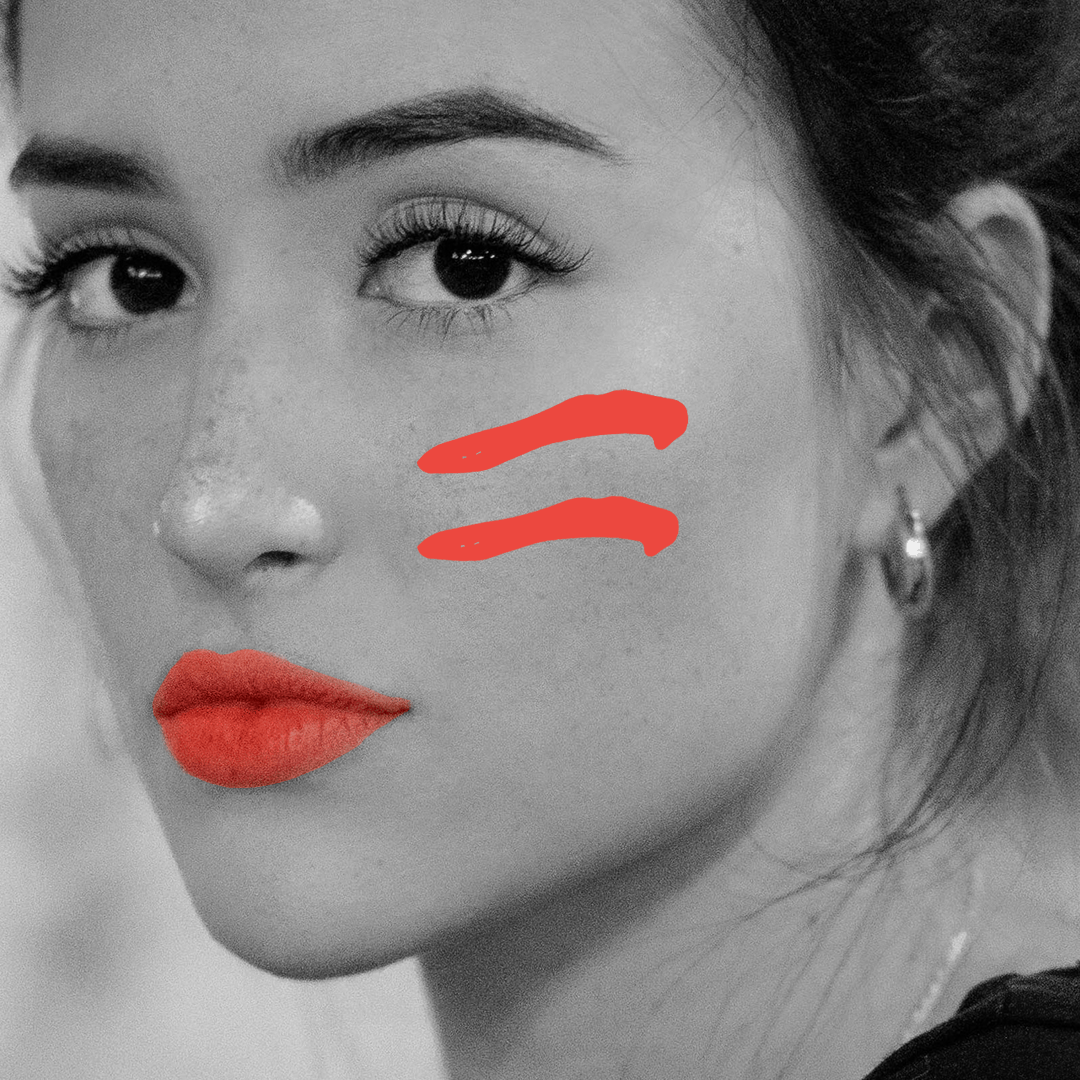April marks Rosacea Awareness Month, which raises awareness and educates the public on the impact of this widespread skin condition. For some people, rosacea causes skin redness irritated by a range of triggers in day-to-day life – think overheating, alcohol or even spicy food. For others this vascular condition causes a constant irritation to the skin.
Skin conditions, in their various forms and levels of severity, are in fact ranked as the fourth most common cause of human illness1. A 2019 Journal of the European Academy of Dermatology and Venereology study, which estimated the prevalence of skin diseases outside the typical medical setting, found that the second most diagnosed skin disease in study participants was rosacea (25.5 percent)[1].
Rosacea is a complex skin condition which can present itself in many different ways from person to person.
Rosacea and wellbeing
For those living with a skin condition like this, the impact on wellbeing will be well-known. Recognition of the emotional, social and overall wellbeing and quality of life of individuals with skin conditions is entering the public discourse more and more. A study of 600 participants, split into 2 cohorts based on whether they had been diagnosed with either Type 1 or Type 2 rosacea (see below), quantified this: of the 2 cohorts 42% and 27%, respectively, agreed or strongly agreed that they “worry” about how people will react when they see their rosacea, while 43% and 59%, respectively, felt that their rosacea is “unattractive” to others[2].
 What is rosacea and what causes it?
What is rosacea and what causes it?
Rosacea is a complex skin condition which can present itself in many different ways from person to person. We spoke to Consultant, Medical and Surgical Dermatologist, Dr. Adil Sheraz, who:
“Rosacea is a chronic inflammatory skin condition; it often presents with redness on the face and raised bumps. This can sometimes resemble acne; however, they are non-comedonal (a comedo is a clogged pore in the skin) which is the main difference between the two conditions. The cause of rosacea is not fully understood; however, three main factors may play a role; genetics, dilated and inflamed blood vessels, and mites.”
Different types of rosacea:
“There are a number of different types:
- Type 1, known as erythematotelangiectatic rosacea results in facial redness, flushing, and visible blood vessels.
- Type 2, papulopustular (or acne) rosacea, is associated with acne-like breakouts, and often affects middle-aged women.
- Type 3, known as rhinophyma is a rare form of rosacea associated with the thickening of the skin on the nose, usually affecting men.
- Type 4, ocular rosacea, causes redness and inflammation around the eyes with occasional pustules.”
 Rosacea and the skin microbiome
Rosacea and the skin microbiome
Last year, Dr. Cæcilie Johansen, a doctor, PhD student in Dermatology and skincare Instagrammer, explored the link between the skin microbiome and rosacea. The question remained: does dysbiosis of the skin microbiome cause rosacea, or was dysbiosis a consequence of rosacea?
While the research may not quite be able to answer this question yet, the last year has certainly seen progress. According to Barbara M. Rainer, MD, of the department of Dermatology at Johns Hopkins University School of Medicine and the Medical University of Graz, Austria, “dysregulation of skin microbiota has been associated with a variety of skin disorders including atopic dermatitis, acne vulgaris, psoriasis and seborrheic dermatitis[3].”
While the research may not quite be able to answer this question yet, the last year has certainly seen progress.
A study conducted by Barbara M. Rainer and her colleagues investigated the differences in the skin microbiome between patients with rosacea and matched controls[4]. The results were clear: the skin microbiome in individuals with rosacea displays changes from that of healthy skin. The difference was not the diversity of microbiota, but differences in the number of specific bacterial taxa (groups of bacterial ). Certain bacteria were either enriched or depleted in subjects with rosacea compared to those with healthy skin – and these differences changed depending on the type of rosacea. These findings provide hope for the possibility of future antimicrobial treatments that address each distinct type of rosacea through their corresponding microbiota make up.
 In January this year [2020], research into the impact of systemic antibiotics to control rosacea was published[5]. The research discovered that bacterial diversity was not significantly altered by the treatment. However, a correlation between older age, increased rosacea severity and a decrease of the bacterial species Cutibacterium acnes signals a unique age-dependent characteristic. This will ring true for many: rosacea often flares up in adults that have had no previous skin issues.
In January this year [2020], research into the impact of systemic antibiotics to control rosacea was published[5]. The research discovered that bacterial diversity was not significantly altered by the treatment. However, a correlation between older age, increased rosacea severity and a decrease of the bacterial species Cutibacterium acnes signals a unique age-dependent characteristic. This will ring true for many: rosacea often flares up in adults that have had no previous skin issues.
Caring for rosacea
But for now, while options are available for caring for this skin condition – there is not yet a treatment.
Currently, there are different methods available for the different types of rosacea including “topical treatments, oral antibiotics, retinoid treatments or lasers”, says Dr. Sheraz.
Understanding individual triggers is also important according to Dr. Sheraz. “The first step is to avoid the triggers. Even a small amount of sun can cause a flare. Try and cool the skin, get indoors and avoid the sun. Topical brimonidine gel will help immediately with the redness, an oral antibiotic will help with the papules and green tinted make up will cover the red broken vessels.”
[1] https://www.sciencedaily.com/releases/2019/03/190320102041.htm
[2] https://www.ncbi.nlm.nih.gov/pmc/articles/PMC5843362/
[3] https://www.healio.com/dermatology/skin-care/news/online/%7Bfe853d7b-79eb-481f-a0b4-86578cfa76d7%7D/skin-microbiota-in-rosacea-differs-from-healthy-skin
